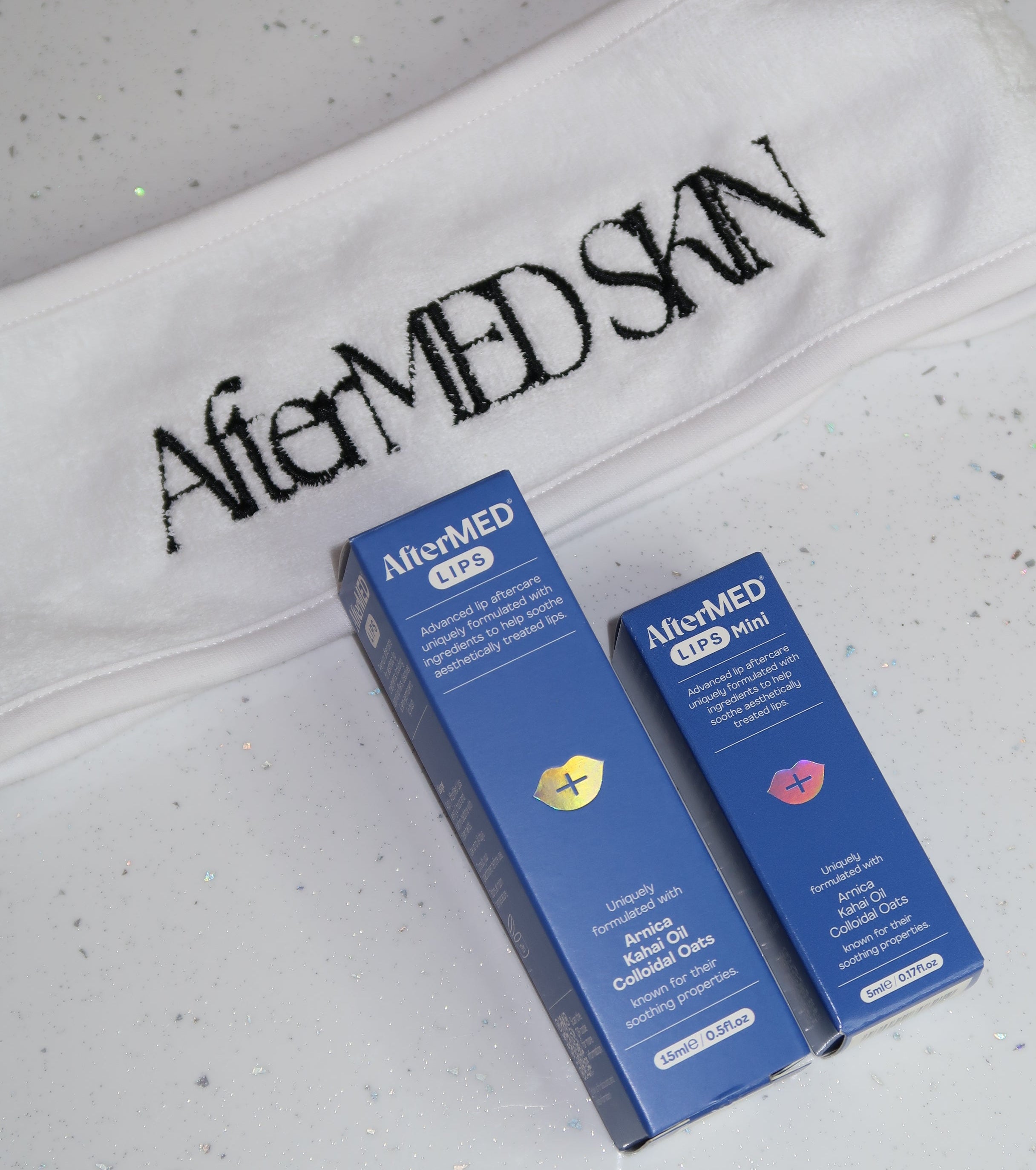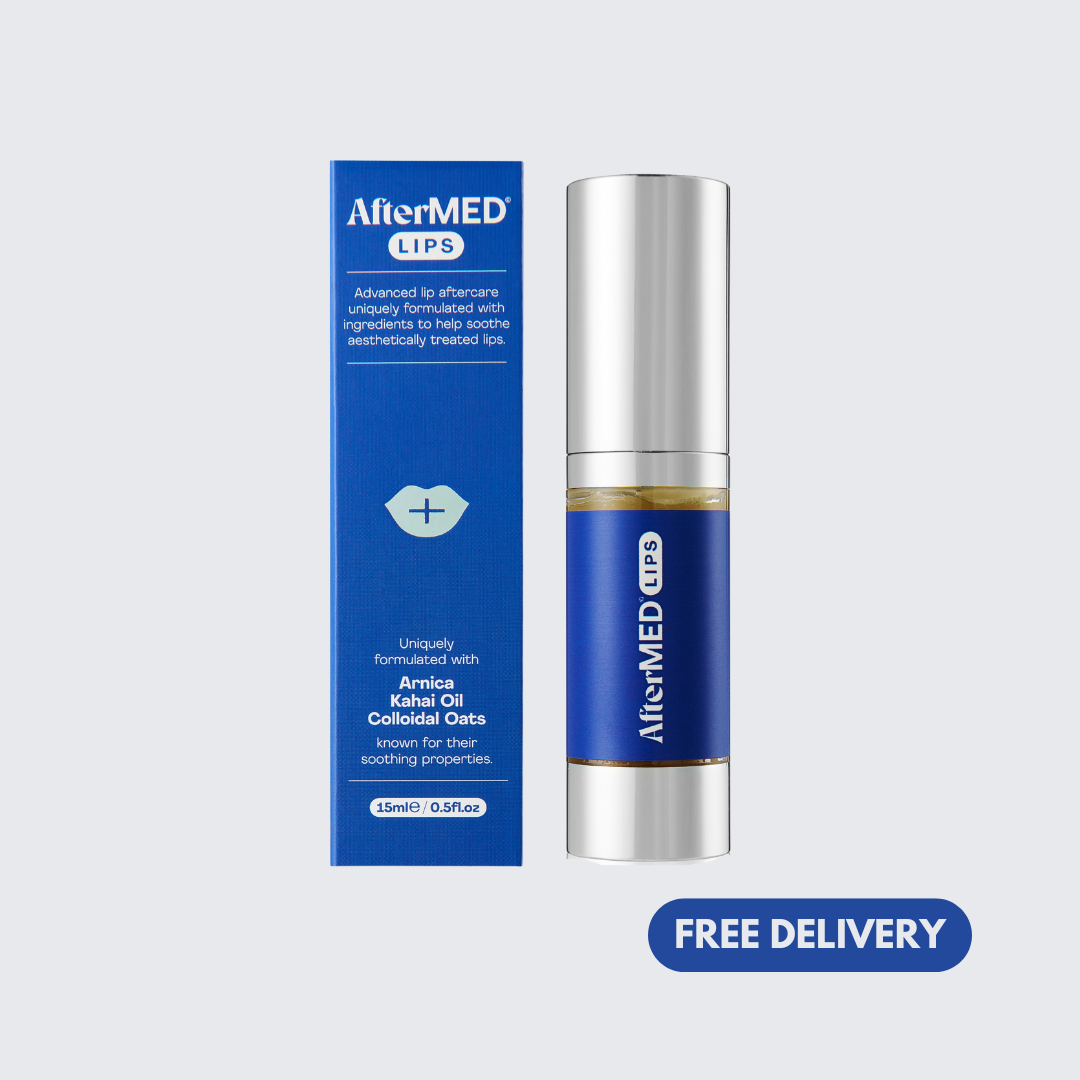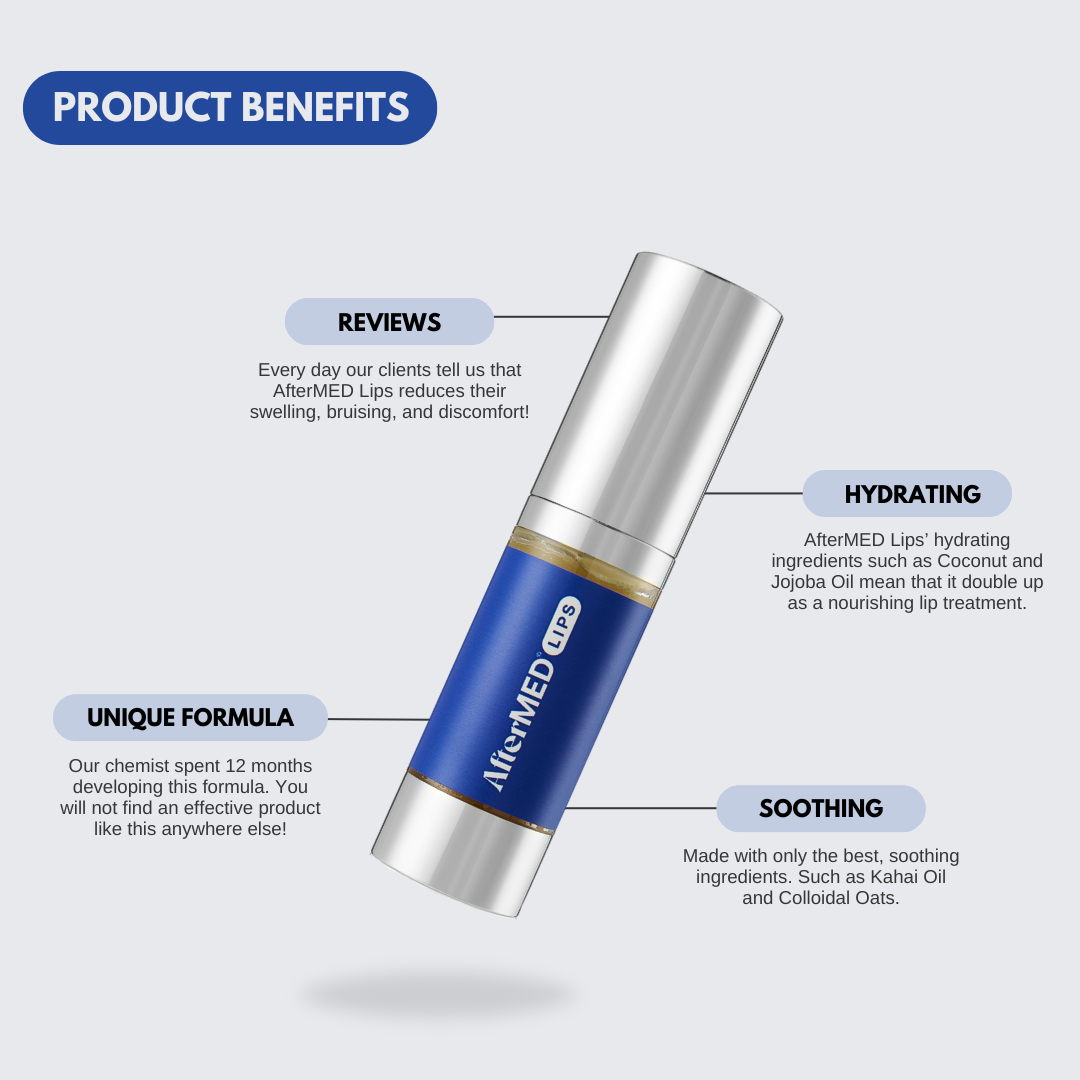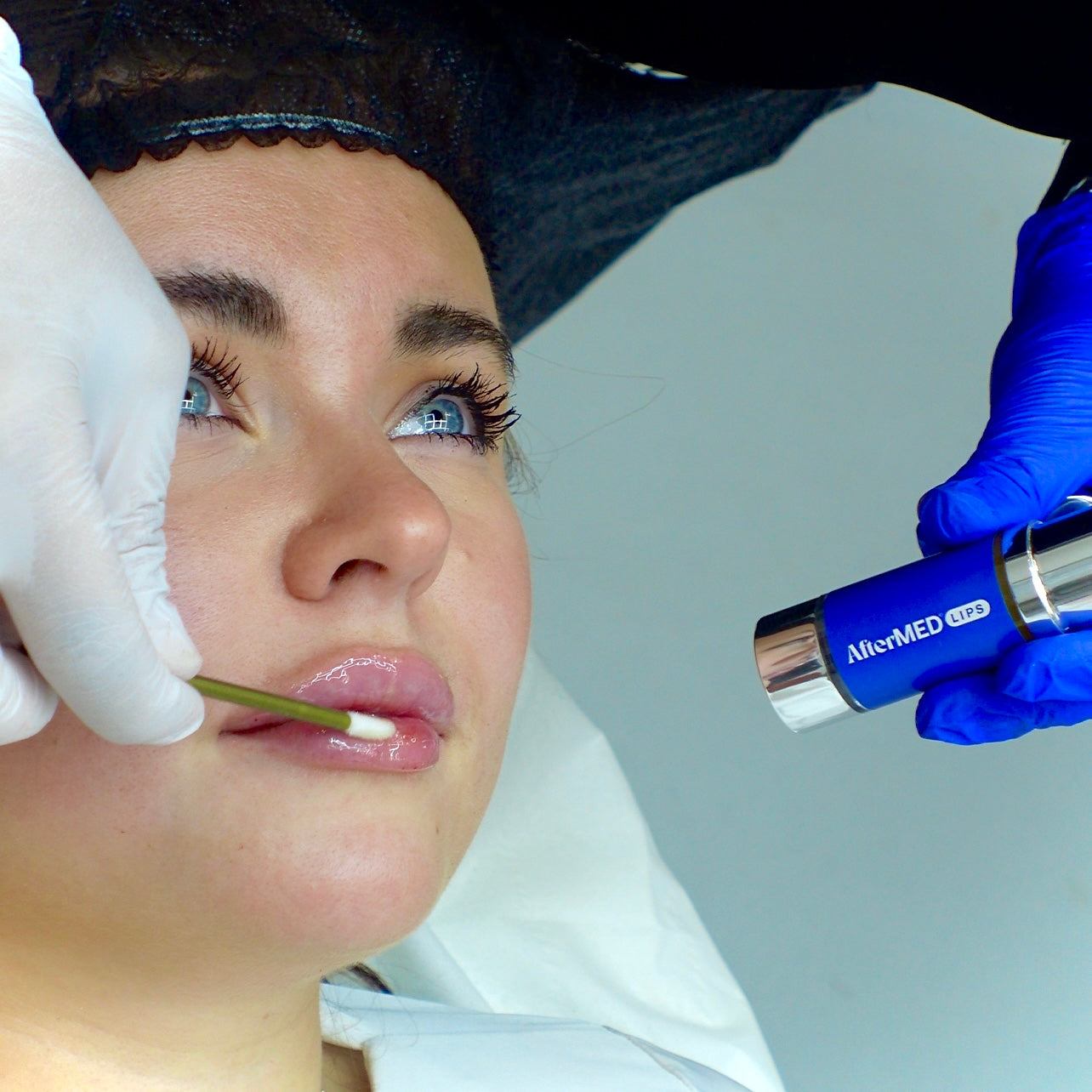Article: Regenerative Aesthetics - What is it and how to introduce it into clinic?

Regenerative Aesthetics - What is it and how to introduce it into clinic?
Regenerative aesthetics is an emerging and rapidly evolving field within aesthetic medicine that focuses on harnessing the body’s own repair mechanisms to achieve skin rejuvenation and tissue restoration. Unlike traditional cosmetic treatments that primarily add volume or mask signs of aging, regenerative approaches use bio-stimulatory agents such as polynucleotides, exosomes, and stem cell therapies to stimulate natural tissue repair, enhance collagen production, and improve skin quality at a cellular level.
In 2025, regenerative injectables—particularly polynucleotides—are leading the trend. These molecules, derived from DNA fragments, work by supporting fibroblast activity and boosting collagen production, resulting in improved skin texture, elasticity, and radiance. This shift reflects a growing patient preference for long-term improvements and subtle, natural-looking results rather than dramatic augmentation. As one industry report notes, “Regeneration over augmentation is the new gold standard”.
The trend is further supported by advances in technology and a holistic approach to beauty and wellness. The integration of regenerative medicine into aesthetics is not only about enhancing appearance but also about supporting overall skin health and prevention.
According to Katherine Goldie:
“Regenerative aesthetics is an evolving subfield of regenerative medicine. Establishing clear definitions, identifying the challenges of the aging soft tissue environment, and re-evaluating current evidence in light of regenerative goals are vital for the continuing evolution of this medical field”.
However, while enthusiasm and patient demand are high, experts caution that the field still requires more robust scientific validation and regulatory oversight. A recent systematic review highlighted gaps in molecular and clinical evidence, stating,
“There remains a significant lack of consistent, high-quality evidence proving the effectiveness of these interventions… The field of regenerative aesthetics lacks the necessary scientific rigour and regulatory compliance to be recognized as a legitimate medical specialty”.
For those interested in exploring the topic further, there are several in-depth resources available:
-
YouTube: “Regenerative Aesthetics Explained – The Future of Anti-Aging Medicine”
-
Podcast: “The Aesthetics Podcast – Regenerative Medicine in Practice”
-
YouTube: “Polynucleotides and the New Era of Skin Rejuvenation”
As regenerative aesthetics continues to develop, it is set to play a central role in the future of cosmetic medicine, offering patients more natural, holistic, and long-lasting solutions.
Introducing Regenerative Aesthetics into the Clinic
To successfully integrate regenerative aesthetics into a clinic, practitioners should adopt a comprehensive, patient-centered approach that emphasises individualised care and long-term skin health. The process begins with a thorough assessment of each patient’s medical history, lifestyle, and aesthetic goals. This may include advanced diagnostics such as ultrasound and photography to develop a three-dimensional understanding of the patient’s needs and to tailor treatment plans accordingly.
A holistic treatment plan should be developed, often spanning six to twelve months, and may combine multiple regenerative modalities such as Platelet-Rich Plasma (PRP), Exosomes, Polynucleotides, and Radio Frequency Microneedling for synergistic results. Clinics should also consider integrating wellness strategies, including nutrition, stress management, and lifestyle modifications, to optimise outcomes and address the root causes of skin aging.
Benefits of Regenerative Aesthetics for Clinics and Patients
-
Personalised, holistic care: Treatments are tailored to each patient’s unique physiology and aesthetic goals, leading to more natural and enduring results.
-
Enhanced patient satisfaction: By focusing on long-term skin health and subtle rejuvenation, clinics can foster stronger, more trusting relationships with patients.
-
Synergistic outcomes: Combining multiple regenerative therapies often leads to superior results compared to single-modality treatments.
-
Competitive differentiation: Offering advanced regenerative treatments positions the clinic at the forefront of aesthetic innovation and attracts patients seeking the latest, evidence-based approaches.
-
Comprehensive wellness: Addressing underlying health and lifestyle factors supports overall well-being, not just outward appearance.
-
Sustainable practice growth: The patient-centric, long-term care model encourages ongoing engagement, follow-up, and loyalty, supporting the clinic’s sustained success.
By introducing regenerative aesthetics with a structured, multidisciplinary, and holistic strategy, clinics can deliver transformative results that meet the evolving expectations of today’s aesthetic patients.
References
-
Riverbanks Clinic. Top trends in 2025 for Aesthetic Medicine.
-
Hamilton Fraser. 2025 Aesthetics trends: Innovation, wellness & natural beauty.
-
Dutra Alves NS et al. Advances in regenerative medicine-based approaches for skin regeneration and rejuvenation. Frontiers in Bioengineering and Biotechnology. 2025.
-
CCR London. Regenerative Aesthetic Surgery Symposium.
-
The Harley Street Journal. What's Next in Aesthetic Medicine? The Top Trends of 2025.
-
Goldie K. The evolving field of regenerative aesthetics. J Cosmet Dermatol. 2023.
-
Zarbafian M et al. The Emerging Field of Regenerative Aesthetics-Where We Are Now. Dermatol Surg. 2022.






Leave a comment
This site is protected by hCaptcha and the hCaptcha Privacy Policy and Terms of Service apply.